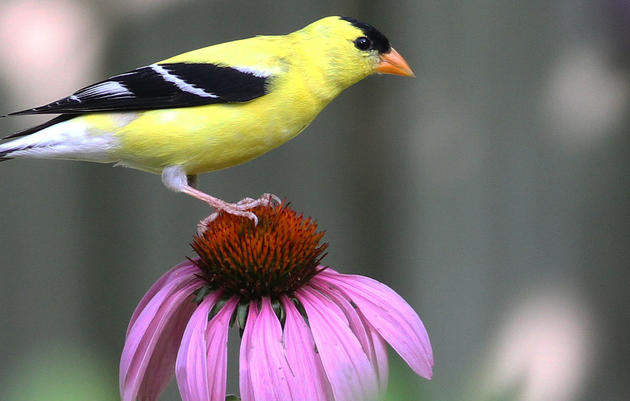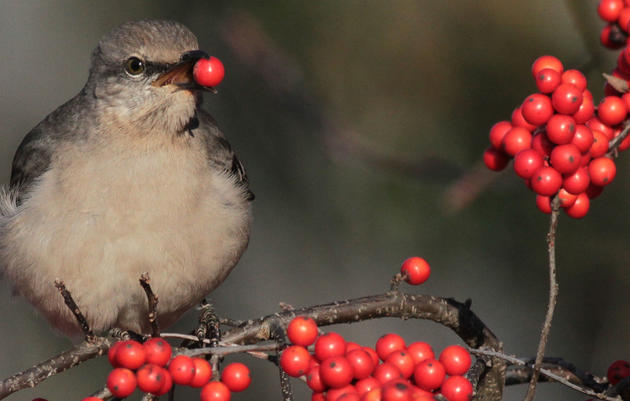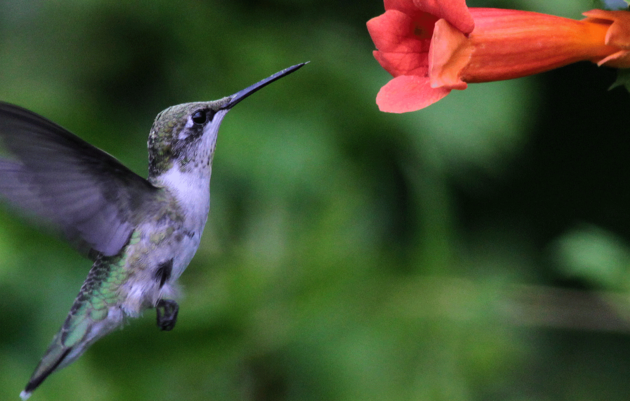Launched in 2013, Audubon North Carolina’s Bird-Friendly Communities initiative is a partnership program involving more than 20 organizations with a vision for creating a more bird-friendly North Carolina. This vision statement guides the goals and projects of the group: “Bird-friendly communities give birds the opportunity to succeed by providing connected habitat dominated by native plants, minimizing threats posed by the built environment, and engaging people of all ages and backgrounds in stewardship of nature.”
Please welcome Audubon North Carolina’s Bird-Friendly Communities Coordinator Kim Brand.
It’s hot. It’s steamy. Planting your bird garden right now is not a good idea.
What you CAN do is daydream about your garden.
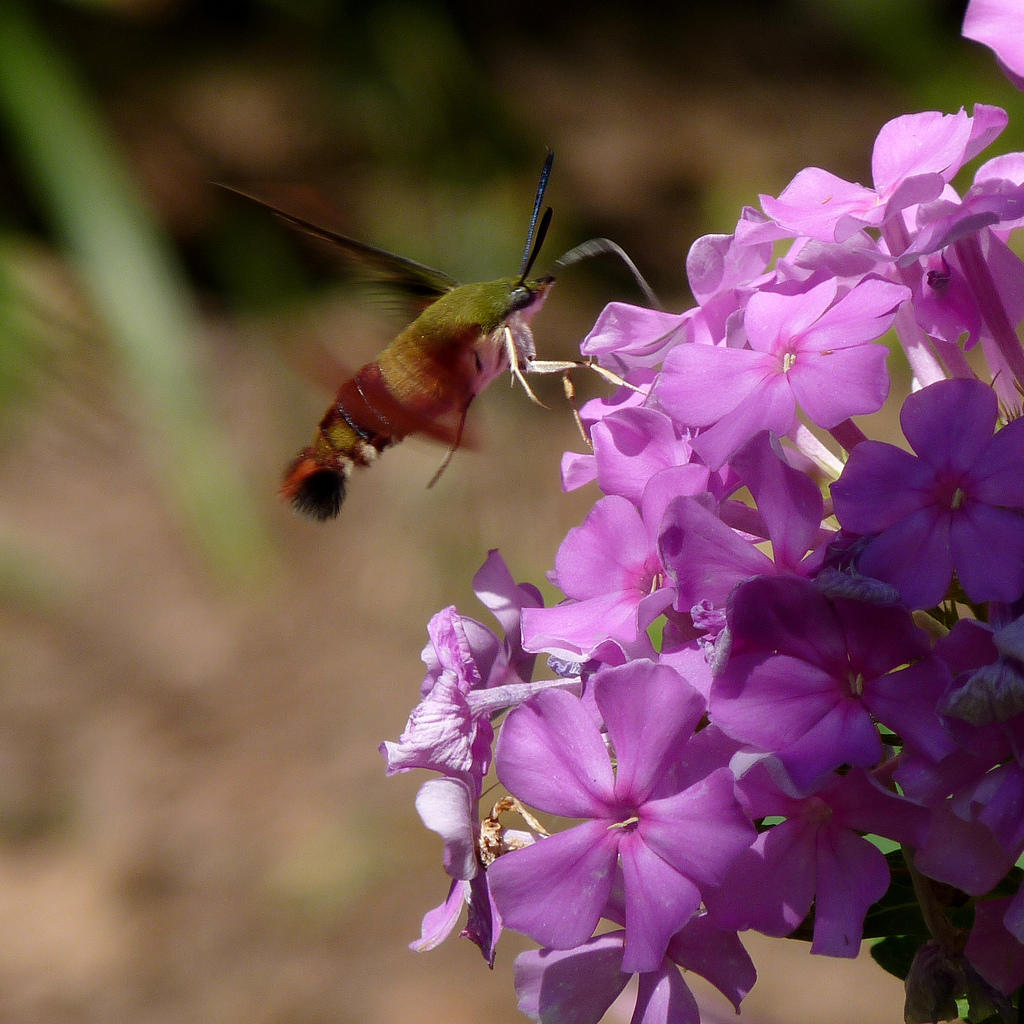
Watch this 4-minute video about Bird-Friendly Native Plants of the Year. Get yourself a cold drink, a Native Plants for Birds brochure or our Bird-Friendly Native Plants of the Year list – and perhaps a copy of Native Plants of the Southeast by Dr. Larry Mellichamp with gorgeously inspiring photographs by Will Stuart -- and head to a hammock for some summer daydreams of your future garden.
Fall In Love With Fall Plants
All you need to do now is fall in love with some plants, sketch out a design and prepare the bed. An hour or two of work now will make fall planting easy and help your plants thrive when it’s finally time to put them in the ground.
It’s simple! No digging, no pulling weeds and minimal sweating. You've got this, even if you’ve never planted before. Use this step-by-step guide to success.
- Prepare the bed 4 to 6 weeks before planting.
- Decide where you want your new garden bed.
- Lay out a garden hose to make a bed outline that you find graceful and pleasing to the eye.
- Cover the bed area with cardboard, overlapping at least 2 inches. You will need a box cutter for crisp, curved edges. Cardboard is especially helpful if you have crabgrass or other especially pernicious weeds. If it’s just garden-variety weeds (pun intended), use newspaper. Six to 10 layers of newspaper, overlapped by at least 2 inches, will do the job. Wet it down as you spread it out.
- Spread composted leaves or mulch on top at least 4 inches deep. You know the leaves you rake to the curb every fall? Most cities collect them and transform them into compost, and then make them available to residents free of charge. Composted leaves are ideal for native-plant gardening. Lay them down for “instant forest floor,” as entomologist and native-plant guru Doug Tallamy says.
- Go back to your hammock and fall in love with more plants! Check our list of 400 Recommended Bird-Friendly Native Plants for North Carolina for the space, soil moisture and light requirements to help you decide where to put each plant so it will thrive.
- When fall brings cooler weather, buy your plants from nurseries participating in our Bird-Friendly Native Plants of the Year program, dig holes through the newspaper or cardboard, and water diligently for the first year. Then just watch your garden grow, and enjoy attracting more birds and butterflies to your yard!
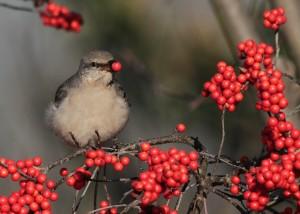
For more information about Audubon’s Bird-Friendly Communities program, visit our website.

